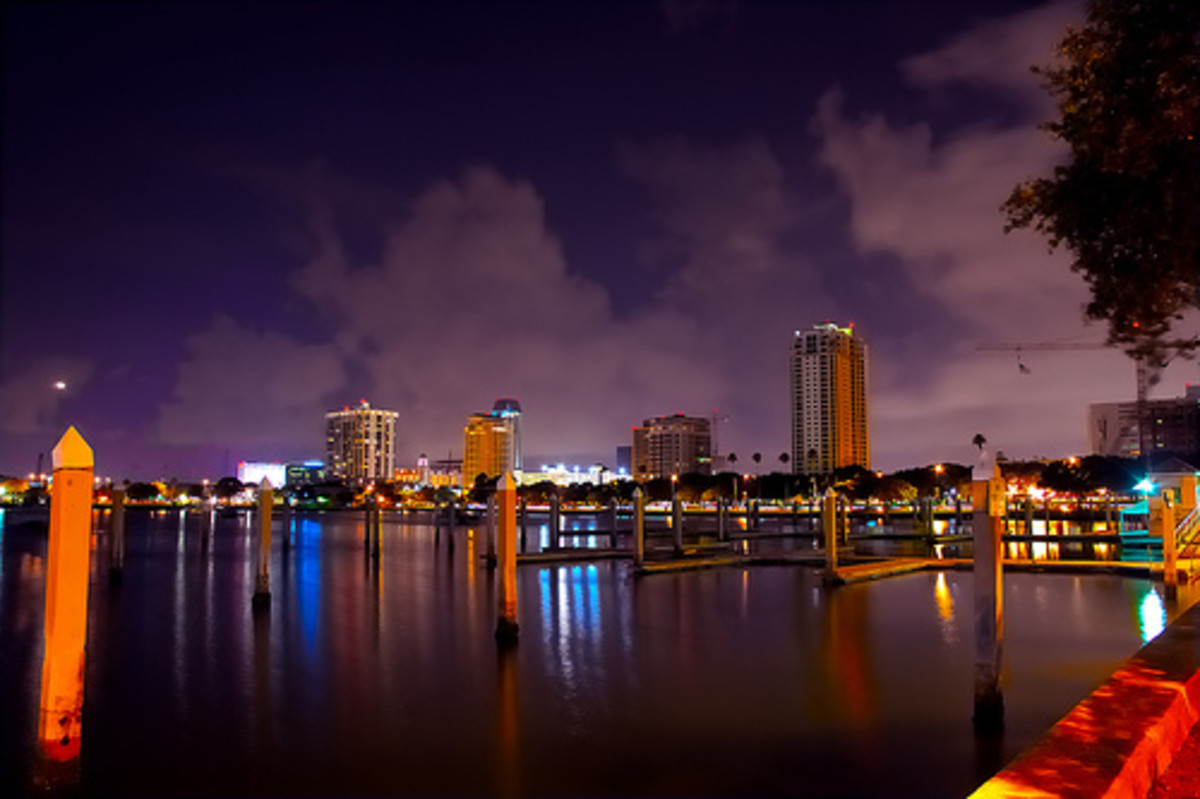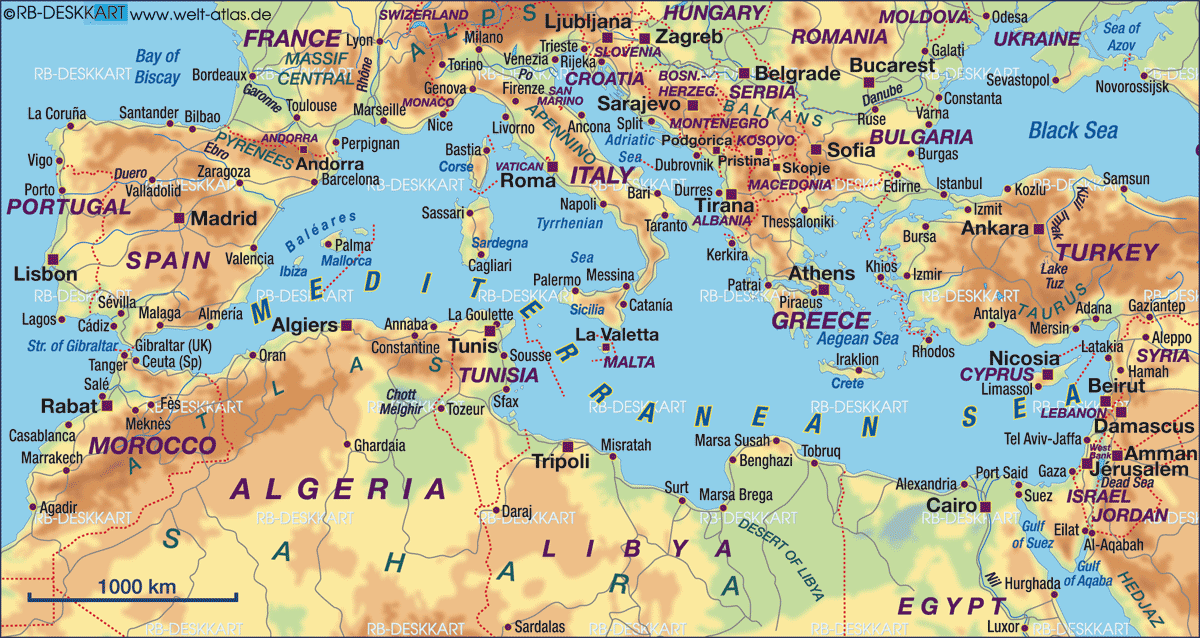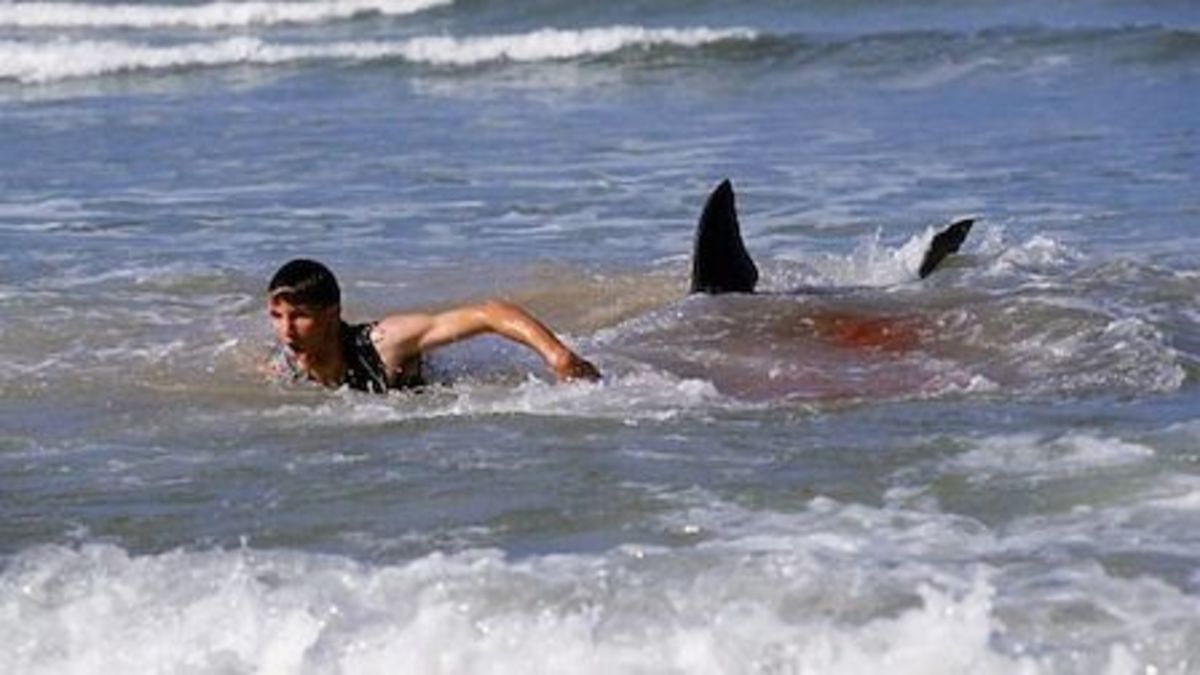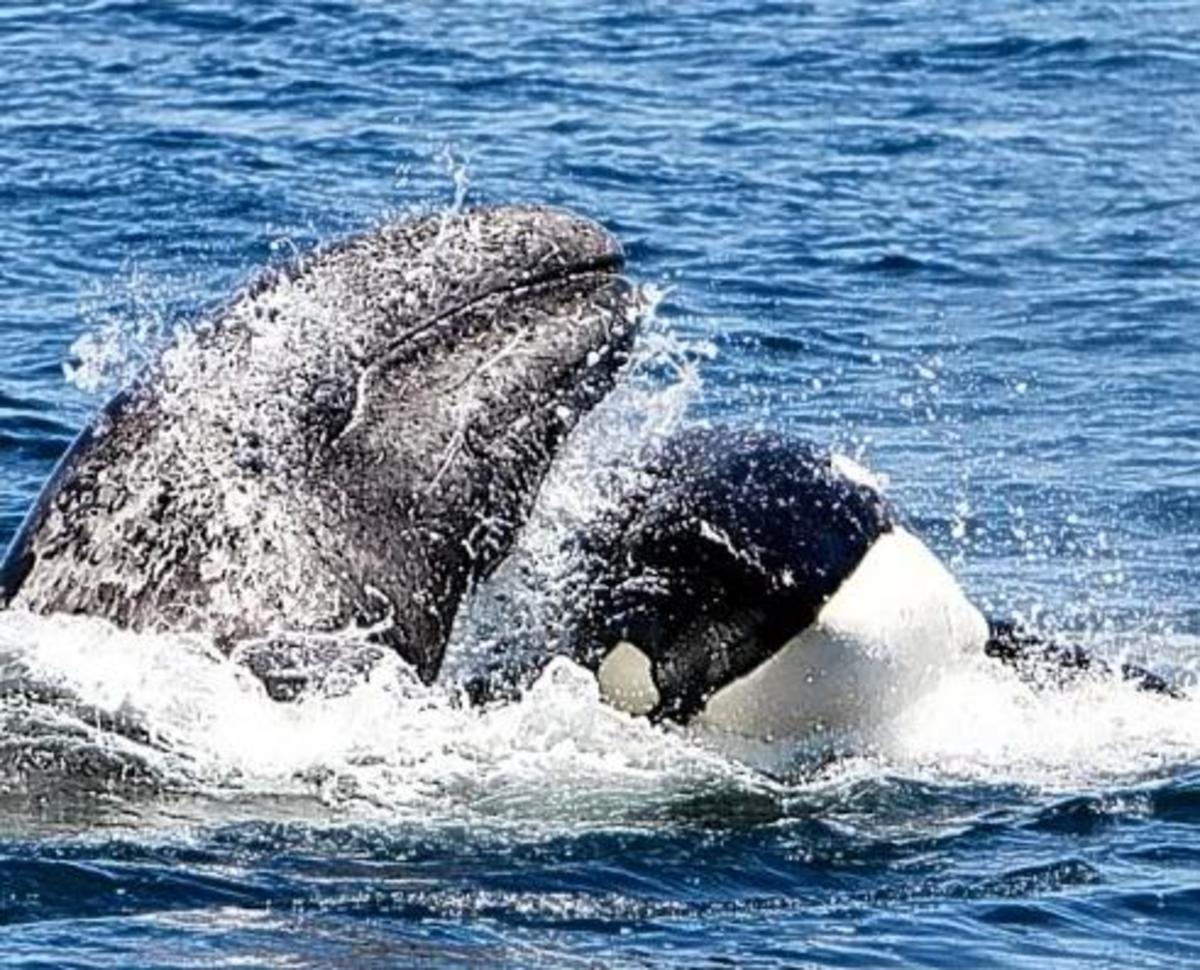The Red Tide in Florida
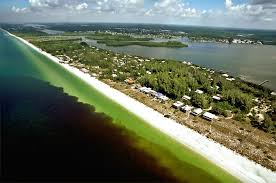
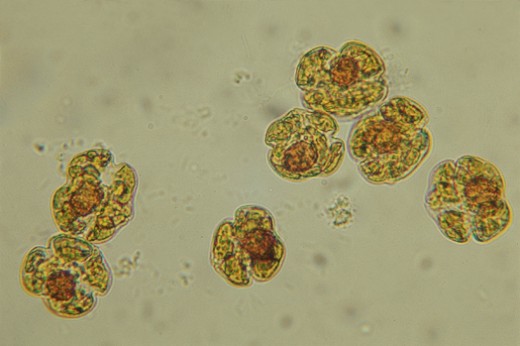
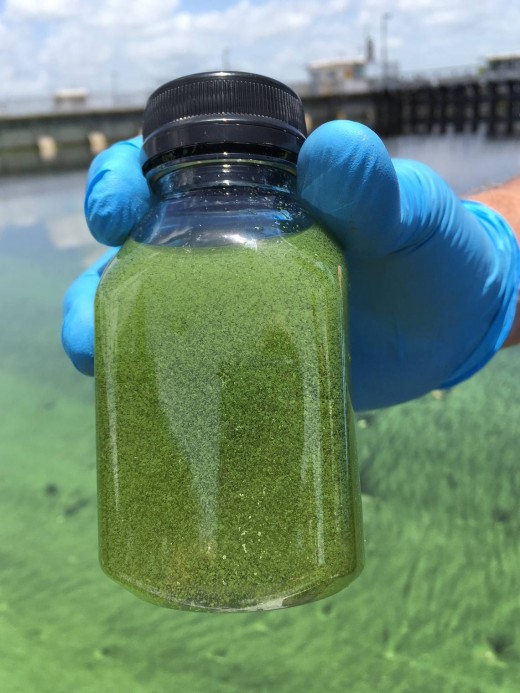
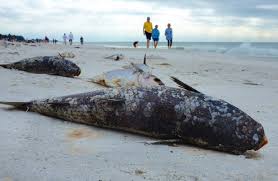
Well, this was a surprise for a newcomer to Florida. I did not see much of this "Red Tide" last summer, but it is a different story this year. In Florida and the Gulf of Mexico, the species that causes most red tides is Karenia brevis. This algal bloom has and continues to plague Florida's west coast, with the area south of Tampa-St. Pete, being under poor conditions at the beaches. What this does is kill fish, which adds to the smell of the tide in bloom. While it may be confused with manmade pollution, it is a natural scar.
One can feel this tide with sudden respiratory irritation (coughing, sneezing, tearing and an itchy throat). I know I did. The sight of small dead fish brings thoughts of End Times, together with the color and high bacteria counts, many beaches have warning flags. Yet, despite all the warnings, people swim in this horror. The Florida red tide can cause some people to suffer skin irritation and burning eyes. While health authorities claim there is no real danger, they do state not to swim wherever dead fish are! Problem is that they are all over many beaches!
Florida red tides develop 10-40 miles offshore, away from man-made nutrient sources, however, once they move closer to shore, manmade toxins or chemicals may increase the intensity of the bloom killing more bigger fish. The K. brevis produces brevetoxins that affects the central nervous system of fish and other vertebrates, causing these animals to die. Even low wave action can break open K. brevis cells and release these toxins into the air, leading to respiratory irritation in humans. Like some form of bio-terrorism, it is amazing how even healthy people are impacted while at the beach from this invisible foe. Even birds that ingest fish tainted with K. brevis can die.
All this points to danger for humans, at the top of the food chain, despite the downplaying of governmental bodies. Even those who live within a mile or so of the coast are impacted by the airborne aspects. To combat this bloom, Florida scientists used copper sulfate to attempt to eliminate a red tide in coastal Florida waters. While it did work to a degree, the chemical hurt various marine life and was stopped unless from desperation. The end result is that mankind has given up on trying to remove or control the natural occurring horror. There is no good solution.
The Red Tide occurs only on the Gulf of Mexico side of Florida, usually in the summer when ocean temps reach 90F. The Atlantic side of the state does not suffer at all from this plague. However, the algae is fueled by another source. The algae incubates in Lake Okeechobee, which contains too many nutrients. Heavy rains forced the U.S. Army Corps of Engineers to release the toxic brew into nearby waterways. While this freshwater lake is in central Florida, other rivers connect (the Caloosahatchee River) and can bring the mess to Ft. Myers on the Gulf of Mexico. When this happens, the nutrient-rich flow ascerbates the natural Red tide. Soon, the blooming is nearly covering the coast from Ft. Myers to Sarasota.



